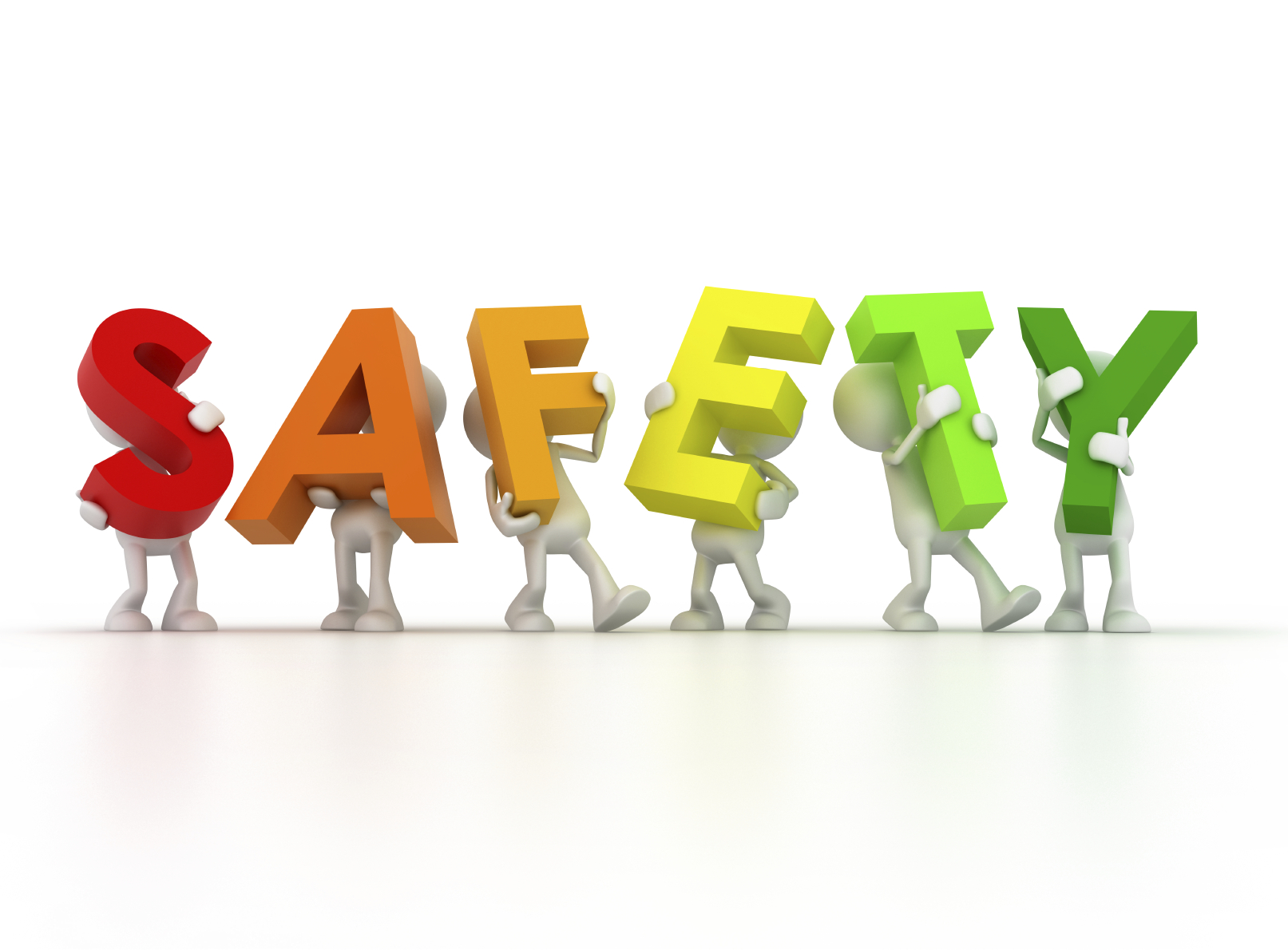
How to spell the word ‘SAFETY’
Experience has shown the predominant small- to mid-size company perception of occupational safety is best summarized by the name of a major river in Africa. The fact that you are reading this article establishes your understanding of the key elements necessary for keeping that job running smoothly, incident- and injury-free. How do you do it?
The Number One Basic Action: Just Say the Word: Tell your staff, your people, and your supervisors: “I want you to work safely. I do not want you to get hurt.”
This may sound simplistic, but it is, in fact, the basic first step in acknowledging that you have a problem. It’s kind of like a reforming alcoholic. We know that our behavior needs correcting, so we need to make the admission and then get help. You have now moved past the “De Nile” stage.
Step #2: “Now what?”
Which is why you got to this article. From here, your Safety Program will be based largely on technical details. Achieving a basic level of compliance is relatively easy. The Occupational Safety and Health Administration (OSHA) spells it out in their voluminous dicta. If you are making vinyl soap dishes in an air-conditioned factory, you’re good to go. You do some research, develop a plan, do some training, and you’re ready to go.
Step # 3: “Not for the faint of heart.”
Let’s say, for example, your business is a little more complex. This typically involves what safety professionals call “increased exposure.” Classic high-exposure categories include driving vehicles of any type, work at heights, confined spaces, high-energy sources, chemicals and hazardous substances, and strenuous manual labor.
Because these risk exposures can easily cause something very bad to happen to your employee, you pay more for your insurance. That helps ease management’s anxiety to a degree. But you still can’t quite sleep at night wondering if you and your people are properly protected.
Enter: The Supervisor—the person on the ground who is going to organize and lead the crew, protect the operation, and actually try to get some work done.
Most supervisors have a fairly good technical skill level for actually doing the job. You wouldn’t have promoted them if they didn’t. And they’re probably safety conscious as well. What will give you the best night’s sleep is the knowledge that your supervisor is actually leading the crew in a way that exemplifies your concern for safety and getting the work done.
Let’s face it, we all take shortcuts. We will always look for “efficiencies” in any process. This is how we improve over time. We also need to recognize there are limits to shortcutting processes, particularly with safety. Your supervisor needs to know what the limits are before taking them or allowing them to occur. Shortcuts are also defined as “The L Word” (Laziness). The problem is, you’re back at the office and the crew is on the job. You are not there to control this.
The most effective restraint against “safety blowoff” on the job is called “Your Safety Culture.” This is the ingrained understanding that certain behavior is expected, and certain behavior not tolerated. Both supervisor and employee need to know which is which. (This should have been part of their safety training up in Step 2.)
So, how do your people actually learn about your Company Safety Culture?
•You tell them—face-to-face, in person—during their interview.
•You remind them during the interminable phone calls while they’re out running around on the job.
•You post it on their hard hats and uniforms.
•You post it on the walls of the shop, at the time clock, locker room, etc.
•You write thank you for working safely on their PAY STUBS.
•You buy them lunch every so often and say thank you for not getting hurt.
•You add a couple of lines about safety on the performance evaluation form.
•You hold regular safety meetings and actually talk about applicable safety topics employees can relate to.
•You investigate accidents, incidents, near misses, and take preventive action.
•You do a safety inspection of your shop, yard, office, jobsite, etc., and actually write stuff down on a form and put a name and date of the person responsible for corrective measures.
•You force people to sit on the employee Safety Committee and shower them with free safety stuff, like new gloves, personal protective equipment (PPE), and seasonal gear to try out.
•You bring in outside experts to give sermons, show movies, or read books to further their knowledge of safety.
•You teach some defensive driving rules, and tell the drivers to make sure their family drivers are similarly informed—because everyone drives.
•You buy a lot of safety hardware and PPE, and they’re not the cheap stuff; they actually hold up on the job, and they seem to like using them.
•You try to stay informed on developments in the safety business through trade associations, vendors, Google, etc.
•This list can go on for a long time, but you should have the idea by now. This is your culture. Whatever you do to reinforce your concern for safety becomes the manifestation of safety.
In summary, safety is like any other business management function, only it’s personal. You’re dealing with people instead of machine tools. You will learn that the simplest, most visible actions speak louder than a bookcase full of paper.
By John Meola
safety.blr.com
For additional information on OSHA training from Spectrum Training Services, visit our Illinois OSHA Training page.
Or if you interested in learning more about OSHA training NOW, please call 847-780-8944 and ask for Kenye. You can also use our Contact form.
